Tal Wilkenfeld shares her tips for musicians: “Honestly, I’ve never practised with a metronome. It’s always been playing along with a record or what’s in my head"
The solo artist virtuoso and session bass star talks improvisation, songwriting and freeing yourself as a musician

“I’m just constantly creating and organising… and cleaning – it’s an interesting new life,” says Tal Wilkenfeld, speaking to MusicRadar from her home in LA. She had intended to spend the majority of 2020 promoting her second solo album, last year’s mesmerising Love Remains, but right now it’s a case of adjusting to the new normal, just like the rest of us.
That said, the show – to some extent – must go on. Last month saw the release of her new video for Killing Me, the moody and suspenseful footage echoing the spirit the awe-inspiring alternative rock sound explored on the latest recordings. It’s a song that began its life with a simple groove and melody...
“I wrote the whole thing in probably 45 minutes,” explains the Sydney-born virtuoso, who famously joined Jeff Beck’s band in her late teens, before going on to play with the likes of Herbie Hancock and Prince.
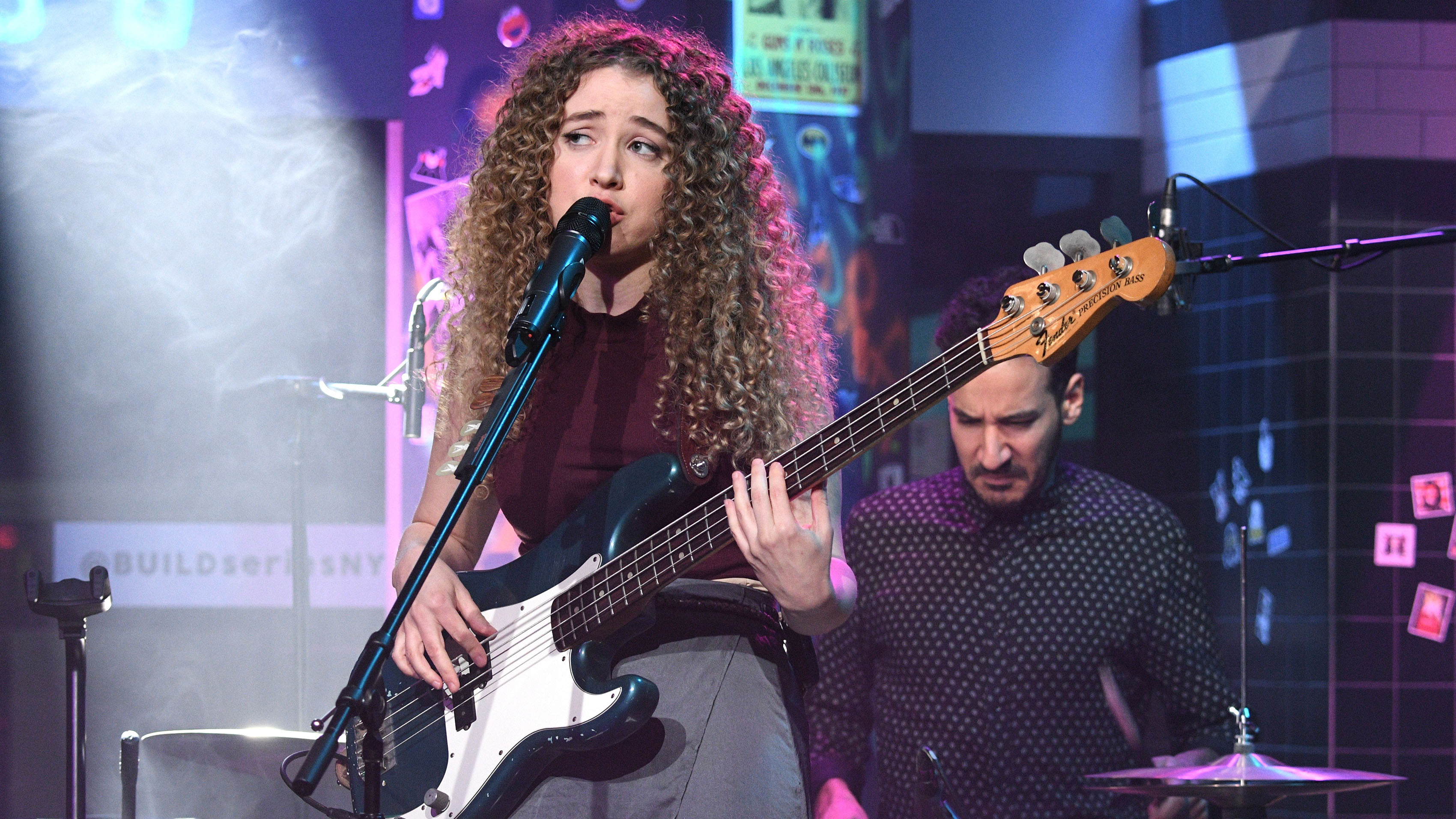
"I use the top melody and bass notes to guide me harmonically"
“Some songs take days or even months for me, but that others come out really quickly and this was one of them. The groove led the song.
"That’s how I approach improvisation or composition in general, basically it’s the top note and the bottom note creating a structure – then there are various ways you can fill it in.
"I use the top melody and bass notes to guide me harmonically, as opposed to locking in the harmony first and then finding the melody to go on top…
“If I do it that way, chords first, I’m really locked into that sound,” she continues. “If you start with a melody, there are an infinite amount of possibilities that can happen harmonically under that and then guide the next melody.
Want all the hottest music and gear news, reviews, deals, features and more, direct to your inbox? Sign up here.
"It’s more of a back and forth kind of thing. That’s how certain songs can sound simple but harmonically and rhythmically they’re a bit more sophisticated. That’s how a lot of these compositions are born.”
So what do you tend to look for in that initial melody?
“The melody has to be catchy, like something I can sing in the shower. And then I try to follow with what the melody wants. That might be using odd-meters, there are a few songs where the meter changes every bar but it doesn’t necessarily sound like that because it’s guided by the melody first.
"That happened organically for me, but I guess when I was listening to old blues and folk recordings, those singers and writers were doing that all time.
“Listen to an old Lightnin’ Hopkins record and there will be odd bars and weirdness in there but he’s not making it about that, instead letting the melody and the words guide the composition.
"The same goes for Bob Dylan songs, It’s Alright Ma I’m Only Bleeding is one of my favourites and there are bars of five in there or whatever, but only because he needed one more beat to say what he needed to say.”
The guitars in Killing Me definitely have a Seattle kind of feel…
“Those guitar parts were Blake Mills, he came in there and made a really awesome guitar part for Killing Me and Corner Painter. Really signature guitar parts, I think.
"What also helped that song was that I wasn’t playing, no one was, so it allowed Blake to take on a bass player kind of role with a baritone guitar. He had a lot more freedom. We recorded quite a few songs that way… it was fun. I definitely want to do that again.”
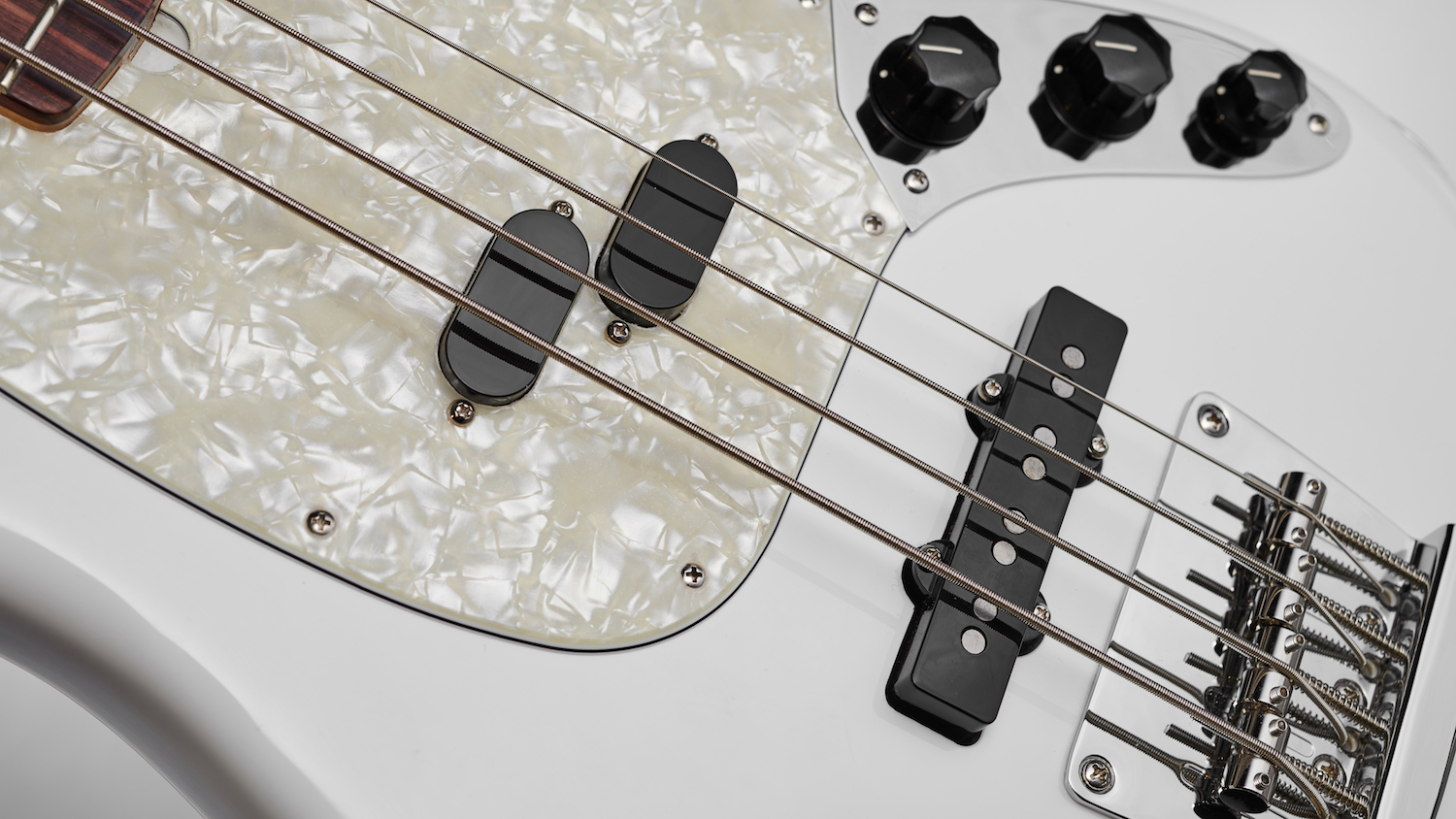
Take a tour through the best budget bass guitars for beginner and intermediate players
Counterfeit is another track that cleverly unfolds in unexpected ways. How did you piece its main three parts together?
“I wrote this song and Sonya Kitchell, who is a good friend of mine that lives in New York. We toured with Herbie Hancock together, that’s when we met and there was an instant connection. I went to her house, quite a few years ago now, just to hang out. There was a Harmony bass on the wall and I picked it up…
“There was an open tuning going on, we started playing and Under The Sun came out very quickly. Once we wrote that, we knew we’d write more together… we’ve written quite a few since that.
"We have an interesting dynamic because my brain will try to find something quite odd and she’ll think of things that are more straightforward - so together, there’s a really good balance.”
Speaking of Under The Sun, there’s a great live version you recorded at Paste Studios in New York…
“That happened so spontaneously (laughs)! I was in New York and Jackson Browne, who was the executive producer on the album and a very good friend on mine, was doing a concert – which I couldn’t make because I had a gig.
"We all met up at this restaurant bar place afterwards, and he was there will all these amazing musicians from Spain who had just played with him.
“We started this jam session and the percussionist was so amazing, I was like, ‘Hey, I’m playing this session tomorrow, you guys fancy joining us?’ So they came down and I taught them the song on the spot. It felt like magic.”
“My inspiration for open string playing is definitely Wayne Krantz"
Elsewhere, your bass tone on Haunted Love is very piano-like, with some interesting usage of open strings and time signatures…
“Thank you, I was definitely going for that kind of sound, maybe like piano meets baritone guitar. It changes meters every bar on the pre-chorus, but I was really just following the lyric and the melody.
“My inspiration for open string playing is definitely Wayne Krantz again – he’s been a huge influence in general. Two of his albums that changed my life were 2 Drink Minimum and Long To Be Loose – if you listen to his solo on Whippersnapper, it will blow your mind.
"It’s so so good and also some of the most ridiculous playing. He’s the master of not sounding locked into a scale, he actually wrote a book on it too.”
Your first solo album was more fusion-led and incredibly technical. How did you come up with songs like Serendipity, where you play what feels like two lines going in opposite directions?
“Well, I was watching the full however many seasons there are of Friends while writing that one (laughs). A friend of mine was shocked I’d never seen it, so I started watching it while writing the songs for Transformation.
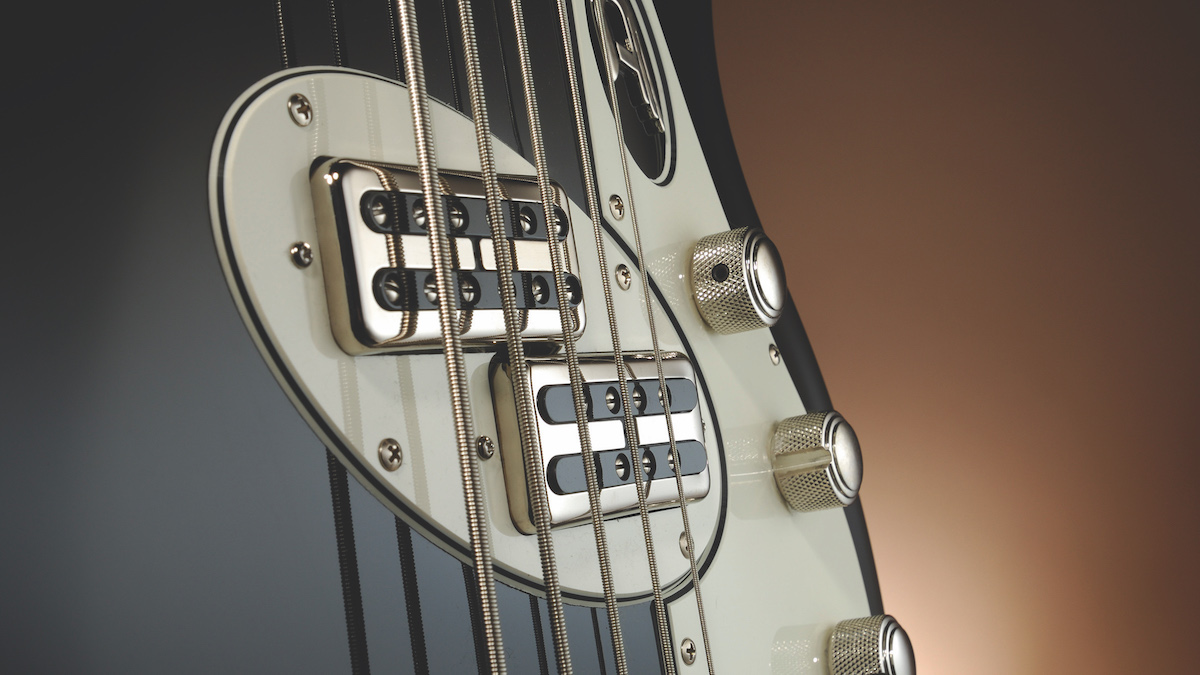
"I started playing shows in New York at the clubs, there were some owners who heard me messing around in between songs and asked what I was playing. It was just things I’d been making up, so they told me to come and do a show under my own name.
“I took the gig, but it was in the next week, so I started writing furiously to try and have something ready. I did that more and more until it became an album. I was also regularly going to watch Wayne Krantz, Anthony Jackson and Keith Carlock at the 55 Bar, that’s how Wayne and Keith ended up on the record.
"On a lot of those songs, like Cosmic Joke and BC, I was really thinking about Wayne Krantz’s sound when writing the guitar parts. BC is a fun track, but it’s been a long time since I played it.”

“Another thing I learned from playing with Wayne Krantz is that literally any note can work over one chord"
Is there a secret to getting the most of your fretboard when improvising?
“Another thing I learned from playing with Wayne Krantz is that literally any note can work over one chord. People think you have to play whatever mode fits the chord – and it’s true, there are notes that will resonate best with it, but if you’re moving around and playing melodies you can land on anything chromatically and make it work.
|It comes down to how you get in and out of that melodically. The more I practiced that concept, the more it freed me. Say if the pedal note was D, I would play every colour over that drone and make it work.”
You’ve work with many a legend as a session player. How different is the Industry now compared to when you were starting out?
“It’s a drastically different climate these days – there’s less session work going on. I’ve seen a lot of people playing multiple instruments, working from home with their own set up and programming tools. There’s less of that old school session format where everyone shows up to a big recording studio… the budgets are cut.
"There are a lot of good electronic plugins these days, so I feel with any kind of budget you can make it work"
"So right now, especially with a pandemic going on, I’d say get some sort of home rig going. If you play bass or guitar, all you need is one or two preamps and some sort of compressor, and you can really learn how to record yourself.
"A lot of session calls I get are asking me to do stuff from home. There are a lot of good electronic plugins these days, so I feel with any kind of budget you can make it work. Get used to using Logic and Pro Tools.”
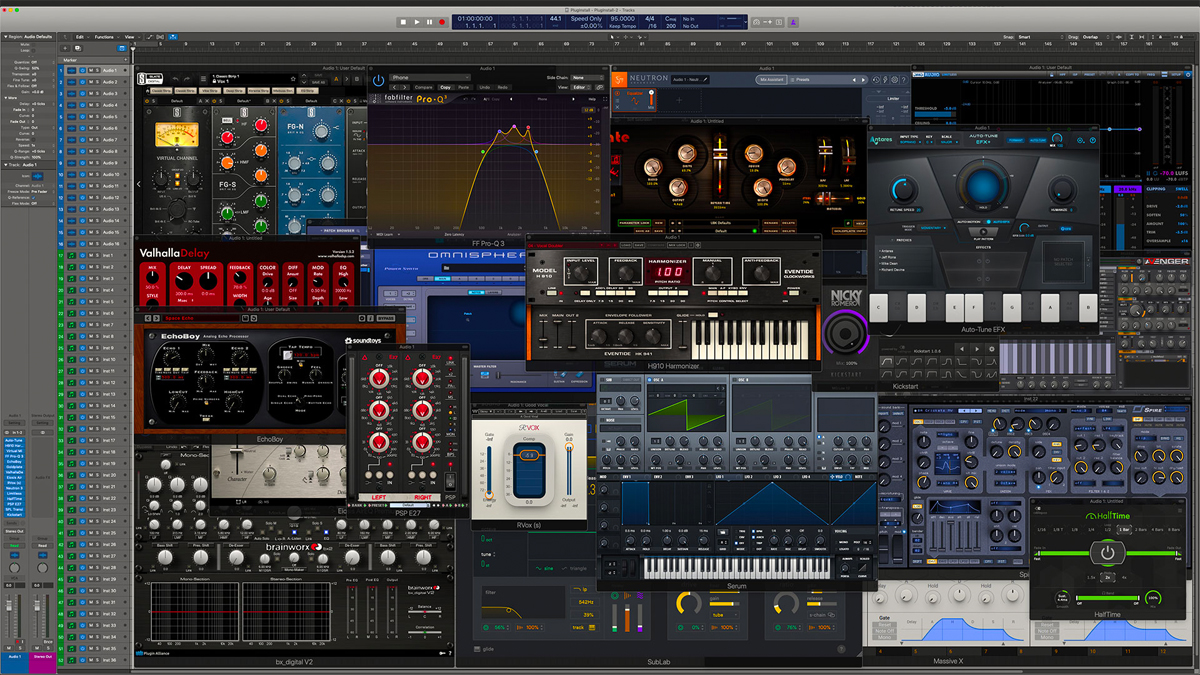
The finest synth, drum machine, sampler and effect plugins you can buy right now
What kind of equipment do you tend to rely on at home?
“I have some analogue stuff, some Brent Averill preamps that were modelled after Neves, because he used to work for Neve and then went off on his own. I have a couple of Chandlers too.
"For compression I use a LA-2A, which I really like for a slower compression and then I have a really warm DBX160 for something a little faster. I also have a Distressor, which is the least warm in a sense, but super punchy.
"Between those three, I have a lot of options. I’ve also been using the Apollo 8 and that Universal Audio thing with a console that has preamps and compressors on there. Those things sound really good.”
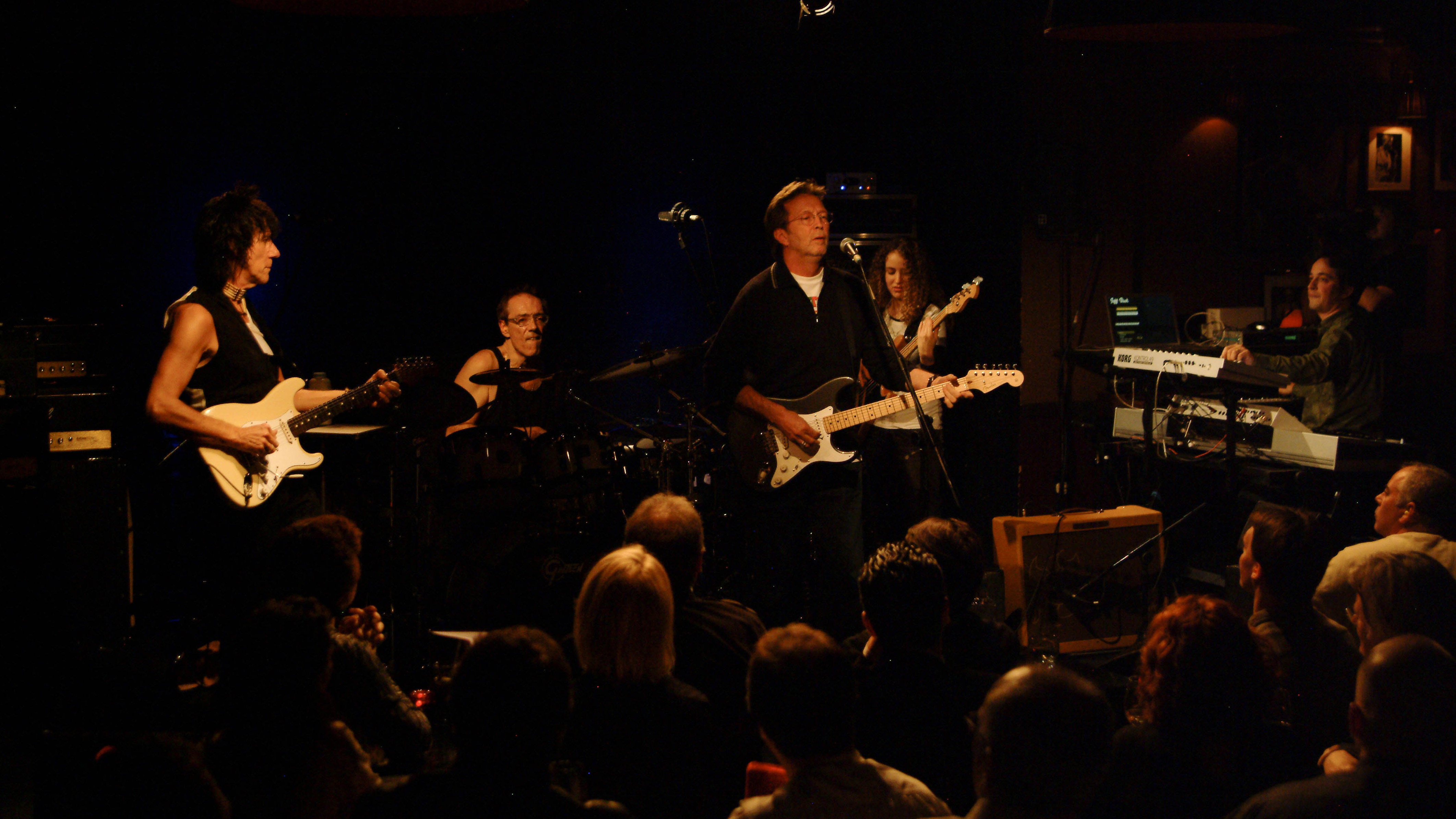
"You have to hear what the artist or producer wants, but don’t lose your own intuition about what the song needs"
And looking back on those bigger sessions, what kind of skills did you rely on most?
“As for the big sessions, reading is important, learning fast and taking notes is important too. You have to hear what the artist or producer wants, but don’t lose your own intuition about what the song needs.
"Sometimes you can pleasantly surprise an artist or producer with something they might not have suggested. You want to cater to their needs but also surprise them with something that you think could work. Ultimately, that’s why they’re hiring you – they trust your judgement, so don’t be afraid to speak up.”
"I prefer to think about how I could embellish the bass line in a way that would inspire whoever is improvising over it"
There’s some great footage of you playing Chameleon with Herbie Hancock at Montreux 2010. How do you go about holding the groove when improvising over such a famous song?
“I actually grew up playing that one, so it was an absolute trip to be doing it with Herbie. There I was thinking about the melody first, instead of doing the bass line for three bars and then doing a fill on the fourth.

"I don’t really think about fills like that. I prefer to think about how I could embellish the bass line in a way that would inspire whoever is improvising over it or expand the whole improvisation, while holding down the groove and connecting with the drummer.
"So it’s a balance of all that. It’s good to create a tension so that the release is bigger. I guess the release is just the bass line. If you never create tension, it will stay static… but then again I love hypnotic bass lines that never change too.”

The drummer for that performance, Vinnie Colaiuta, is someone who you’ve worked with closely across numerous projects and clearly have a powerful connection with…
“We are definitely very in-sync. Even when I was really young, within the first few weeks of playing bass, people were calling me ‘Mini Vinnie’ because I was playing all this polyrhythmic stuff on the bass.
“I met him when I’d been playing for two and a half months, when I was 17. His playing was already ingrained in my brain, which made it easy to play with him. I already knew his style well. I think he appreciated that, having someone that understood his feel and finesse, and what he’d do rhythmically.
"I was really into those complex rhythmic phrases that aren’t standard. He told me he feels very free when he plays with me, he doesn’t have to worry about me losing the one or whatever… which is a compliment I was very happy about!”
"If the aim is to have your own sense of time and feel, if you’re relying on a metronome it could become a crutch"
How much practice did you do with the metronome early on?
“Honestly, I’ve never practiced with a metronome. It’s always been playing along with a record or what’s in my head. I don’t know if playing with a metronome is necessarily helpful.
"If the aim is to have your own sense of time and feel, if you’re relying on a metronome it could become a crutch. It’s always better to practice with humans – either on a record or other humans you actually know!”
When it comes to your speediest licks, what do you think is the secret to all the dexterity?
“Technically, I think playing bass or guitar is a bit like typing on a computer. Some people can have more of a natural aptitude to typing quickly. It’s not necessarily about endurance; it’s just how fast your motor neurons are firing. That’s different from person to person.
“Sometimes I’ll watch someone typing and ask, ‘Did you do a touch-typing class?’ and they’ll say yes (laughs). If you’re into something, like I was with bass, it comes down to how fast your brain registers what to play. It isn’t as physical as people think it is.
"It’s more about your brain firing out the ideas and making sure your hands are in sync with it. I’m a fan of always switching up what you practice, because if it’s always the same thing, your hands will naturally do those things.”
Is there an exercise that worked best for you?
“If you play something random every day and stumble on a phrase you didn’t quite nail, keep repeating that phrase, going faster and faster. The next day, forget about it. And the next time you stumble, do the same thing, and eventually you’ll notice you're stumbling a lot less.
"You strengthen that connection between the hands and the brain, to the point of being able to play anything. I don’t really know any exercises – so my best tip would be to play from the head. Literally transcribe your brain!”
Looking back on your time in the Jeff Beck band, what were your favourite songs on the setlist?
“There’s the song Where Were You, which I didn’t even play on for the live shows. But I remember watching from the side of the stage every night with my jaw on the floor from all of his emotive lines and harmonics.
"I learned the most from watching him play that. Jeff Beck is one of the most natural musicians I’ve ever played with. He’s so unstudied, it’s shocking, but when you see the complex things he’s doing, you’re like, ‘How is that even possible?’”
As well as some of his legendary early fusion work, you would also be playing some of his more modern, dance-led innovations like Angel (Footsteps) and Blast From The East…
“Those were really fun to play. His playing on Angel (Footsteps) was so melodic and then Blast From The East was so enjoyable rhythmically, playing all those little quarter tone bends on the bass. Not quite hitting the half step, just a bit flat…”

There are occasional flickers of Eastern music in your own songs too. Where do you think that side of it came from?
“When I was a kid, I listened to a lot of orthodox Jewish music. It was quite informative for me, because a lot of the ideas are harmonic or melodic minor-sounding.
"Then when I was 16, I really got into Indian classical music… I literally wouldn’t go to sleep without it on! So a mixture of those things definitely added to my palette.”
Tal Wilkenfeld's album Love Remains is out now. For more information, head over to talwilkenfeld.com
Amit has been writing for titles like Total Guitar, MusicRadar and Guitar World for over a decade and counts Richie Kotzen, Guthrie Govan and Jeff Beck among his primary influences. He's interviewed everyone from Ozzy Osbourne and Lemmy to Slash and Jimmy Page, and once even traded solos with a member of Slayer on a track released internationally. As a session guitarist, he's played alongside members of Judas Priest and Uriah Heep in London ensemble Metalworks, as well as handling lead guitars for legends like Glen Matlock (Sex Pistols, The Faces) and Stu Hamm (Steve Vai, Joe Satriani, G3).
